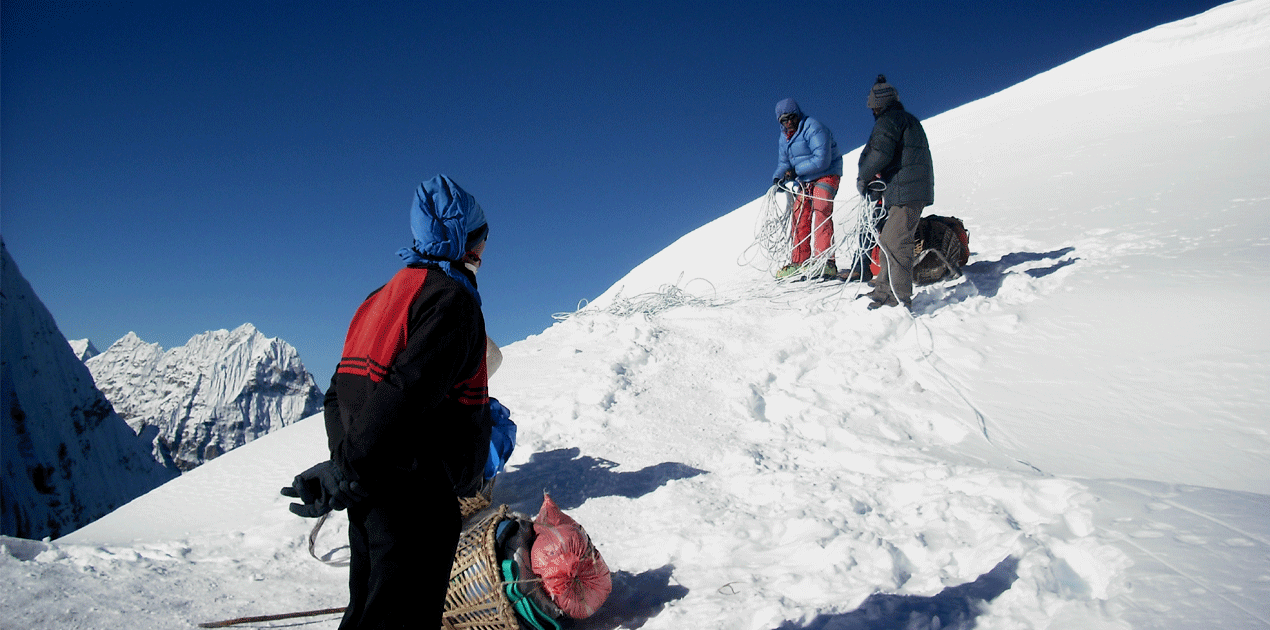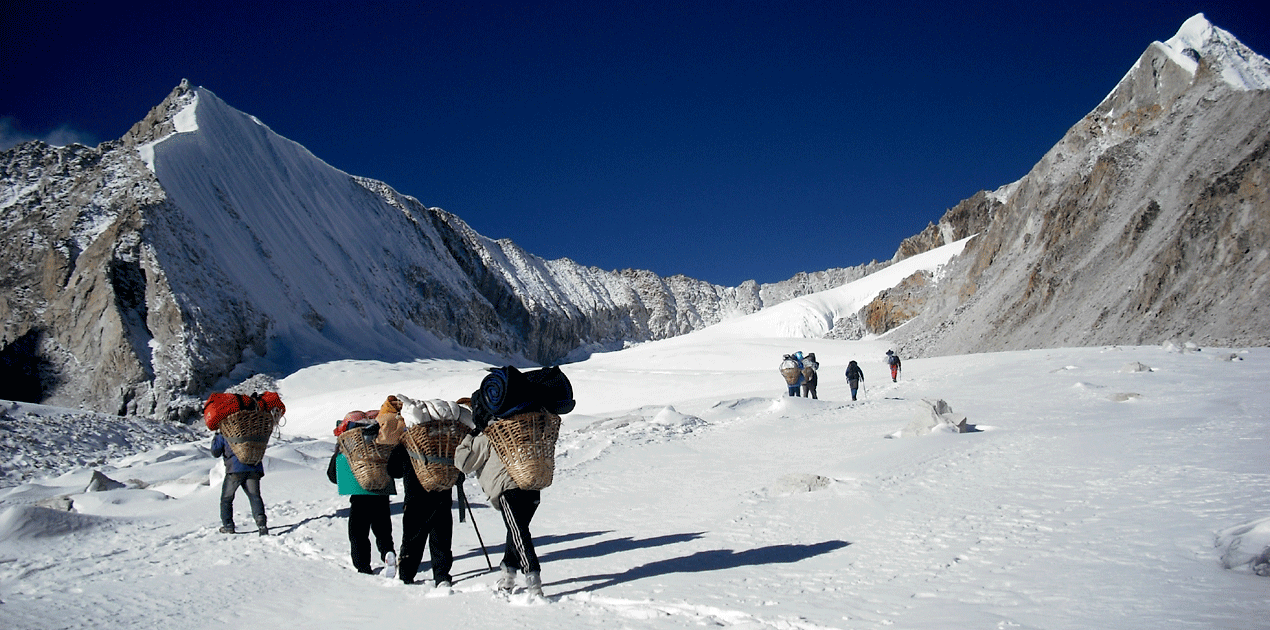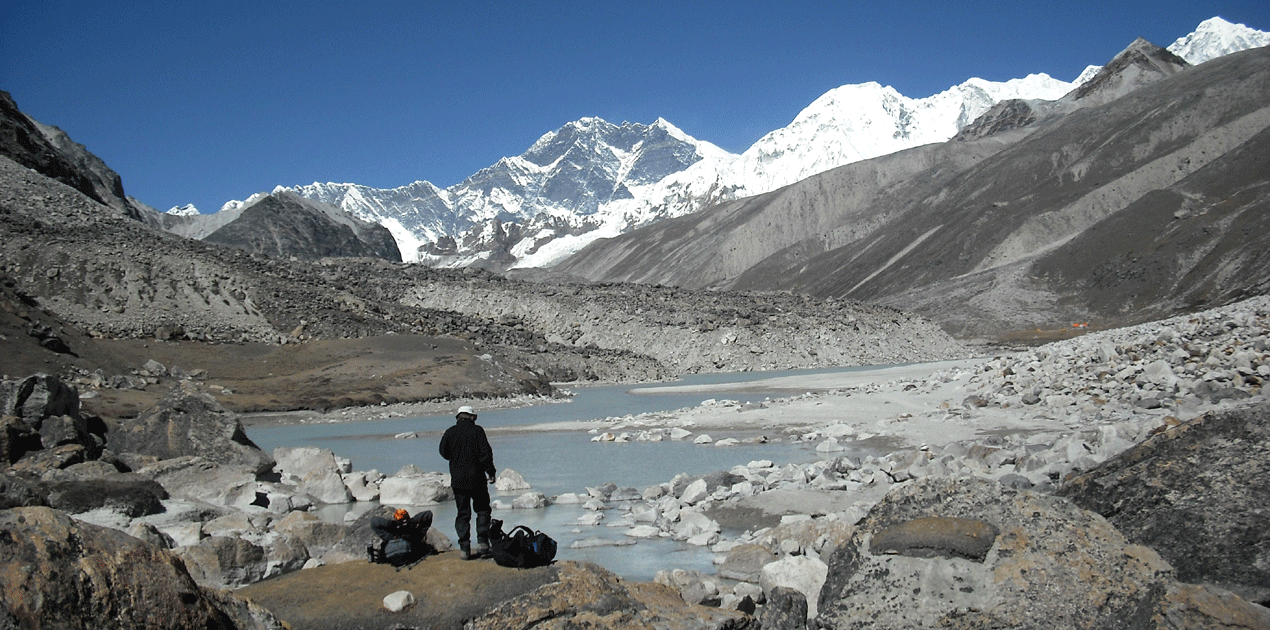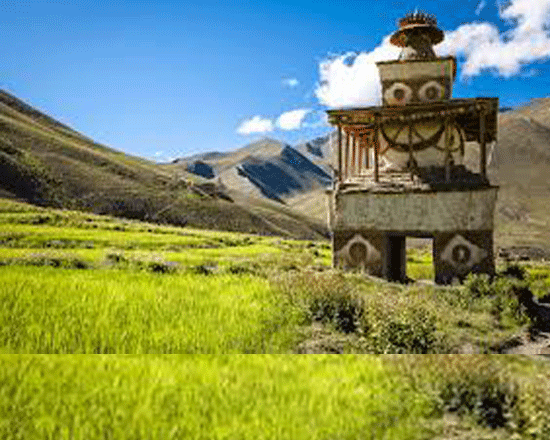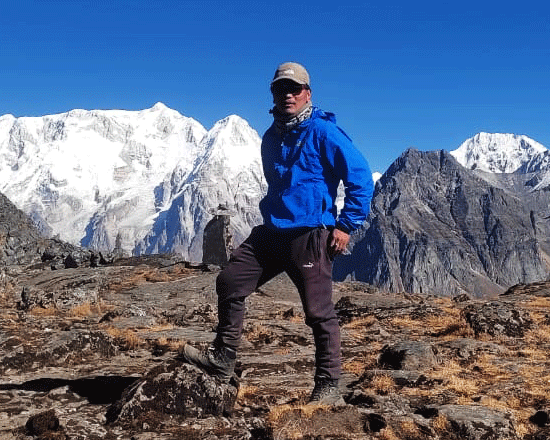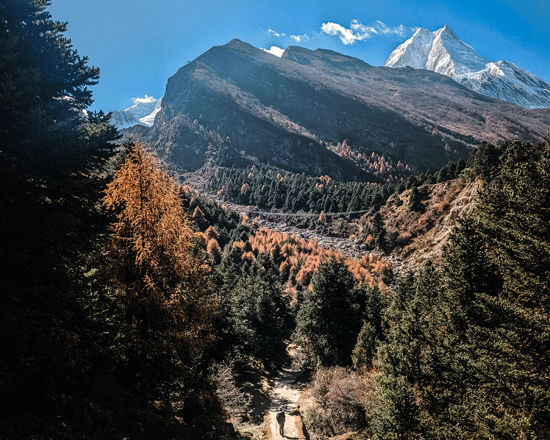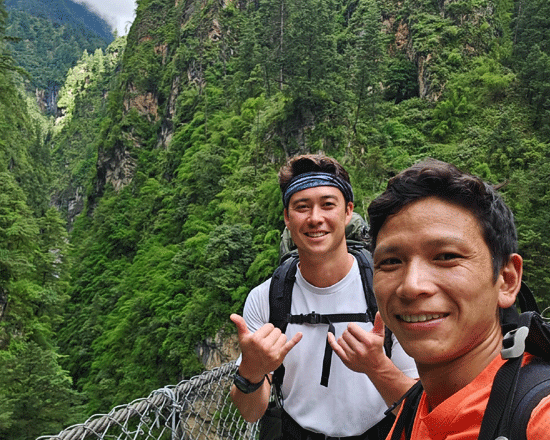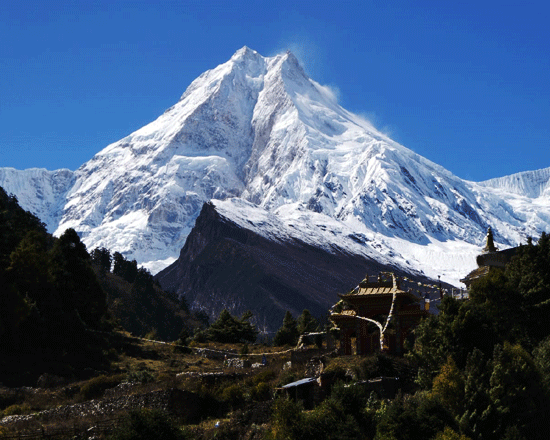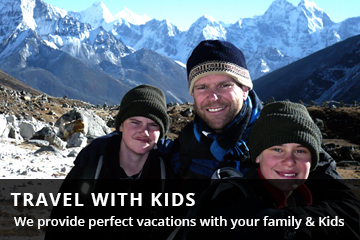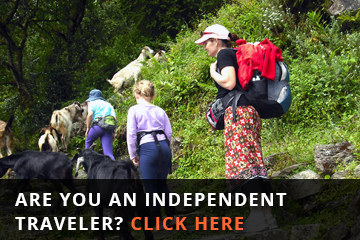Sherpani Col Passes
Sherpani Col Passes
Wilderness TrekkingTrip Facts
This is challenging and technical Trekking, climbing of Nepal, you most have to physically fit and mentally prepare, off the beaten trails, camping or challenging high passes Treks, at this level can he arranged for periods of 18 to 32 days. Typically, a gradual ascent through a green river valley will lead you up to a number of high passes, where you will reach the altitude of 5416m. Often times, you will get a close insight into the Tibetan culture. Participants should expect to trek above 5416m/17872ft. or climbing 6540m.
Mode of Travel : Flight/Land Hold Your Guide : Lal Gurung100%
Overview
Sherpani Col Passes Trekking Itinerary
The Sherpani Col Pass trek is an epic adventure through the stunning Makalu and Everest regions. This journey connects three high mountain passes: Sherpani Col Pass, West Col Pass, and Amphu Lapcha Pass. Known as the “3-Col Pass” trek, it is challenging and requires excellent physical fitness, experience in high-altitude trekking, and technical mountaineering skills. This adventurous journey through remote and wilderness regions is part of the Great Himalayan trails and requires full logistical support. It is perfect for hikers seeking a different route and a fresh perspective.
Overview of Sherpani Col Pass Trek
The Sherpani Col Pass trek traverses both the Everest and Makalu base camps. It follows the high ridge separating the Dudh Koshi River and Arun valleys in the Everest region, known as the Hidden Treasure Trek. The trek includes the Makalu base camp the bank of the rivers which is used as base camp for the Makalu Expedition.
- Sherpani Col Pass (6,155m): The first and most challenging pass, involving steep and exposed ice slopes.
- West Col Pass (6,143m): The second pass, requires a technical climb on fixed ropes.
- Amphu Lapcha Pass (5,845m): The final pass, involves a steep climb on a rocky ridge.
The Highest Pass in Nepal
Sherpani Col, standing at 6,155 meters above sea level, is the highest pass in Nepal. Although Nepal has numerous passes, Sherpani Col is often considered the highest. Some might claim that Thorong La Pass and Everest 3 Passes are the highest, but Sherpani Col holds this distinction. During the trek, you will stay at Baruntse Camp One, located at 6,146 meters.
Trekking Route and Highlights
The Sherpani Col Pass trek begins with a flight to Tumlingtar, followed by a journey through lush forests, the Arun Valley, and rural areas. You will pass through charming traditional villages like Khandbari, Mane Bhanjyang, Cheche La, Num, Sama Gau, Tashi Gaon, and Khongma. The route offers breathtaking views of the Himalayan range, including Makalu, Kanchenjunga, and Everest. This trek is a camping trek in Nepal, connected with the Great Himalayan Trails, enhancing the overall experience.
Key Highlights
- Scenic Views: Panoramic views of Everest, Lhotse, Makalu, and other peaks.
- Cultural Experience: Diverse cultures, traditions, and lifestyles of the Sherpa and Rai communities.
- Glacial Valleys: Trekking through traditional Sherpa villages and glacial valleys.
Challenges of the Sherpani Col Pass Trek
The Sherpani Col Pass trek is challenging and requires careful planning and preparation.
High Altitude
- Extreme Elevation: The trek reaches heights of up to 6,155 meters, which can lead to altitude sickness.
- Acclimatization: Proper acclimatization is crucial, often requiring several days at high altitudes.
Technical Difficulty
- Climbing Skills: The trek involves crossing high passes and technical terrains, requiring ropes, crampons, and ice axes.
- Glacier Navigation: Navigating glaciers with crevasses and steep ice slopes adds complexity.
Weather Conditions
- Unpredictable Weather: High-altitude regions are prone to sudden weather changes, including snowstorms and high winds.
- Seasonal Challenges: The best seasons for the Sherpani col trek are Spring (March-May) and Autumn (September-November).
Remote Location
- Isolation: The Sherpani col pass trek passes through remote areas with limited access to medical facilities and communication.
- Logistics: Managing food, fuel, and supplies requires careful planning.
Physical Endurance
- Stamina: The Col Pass trek demands high physical fitness and endurance, as it involves long days of trekking over rugged terrain.
- Mental Fortitude: Challenging conditions require mental toughness and the ability to handle prolonged exertion and isolation.
Preparation Tips
- Training: Before the trek, engage in cardiovascular and strength training exercises for several months. If possible, include altitude training.
- Gear: Ensure you have high-quality gear, including mountaineering boots, cold-weather clothing, and technical climbing equipment.
- Guidance: Hire experienced guides and porters familiar with the region.
- Acclimatization Schedule: Follow a proper acclimatization schedule and be prepared to take extra rest days if necessary.
- Health Precautions: Carry a comprehensive first aid kit and medications for altitude sickness and other common ailments.
Best Time to Trek
The best time to undertake the Sherpani Col Pass trek is during Spring (March to May) and Autumn (September to November). For these reasons, the weather is typically stable, with mild temperatures and clear skies, offering stunning mountain vistas.
- Spring: Brings gradual warming and vibrant displays of rhododendrons and wildflowers.
- Autumn: Cooler temperatures with clear, stable weather, ideal for trekking.
Avoid the monsoon season (June to August) due to heavy rainfall and slippery trails, and the winter season (December to February) due to extreme cold and hazardous conditions.
Conclusion
The Sherpani Col Pass is one of the unique adventure, culture, and natural beauty. Proper preparation, equipment, and a skilled guide are essential for a safe and successful journey with NEPAL WILDERNESS TREKKING PVT Guide Team. Sherpa Col, comprising experienced guides and porters, has been leading this trek since 2001, equipped with the necessary gear. This half-camping and half-tea houses trek, connected with the Great Himalayan Trails, promises an unforgettable experience for adventurous trekkers.
Detail Itinerary
- Day 01: Fly from Kathmandu (1,400m) to Tumlingtar (518m) – 45-minute flight, then drive to Num (1,490m) – 7-hour drive. Overnight stay at Num.
- Day 02: Trek from Num (1,490m) to Seduwa (1,460m) – 6 hours. Overnight stay at Seduwa.
- Day 03: Trek from Seduwa (1,460m) to Tashi Gaon (2,070m) – 5 hours. Overnight stay at Tashi Gaon.
- Day 04: Trek from Tashi Gaon (2,070m) to Khongma (3,470m) – 5 hours. Overnight stay at Khongma.
- Day 05: Trek from Khongma (3,470m) to Dobate (3,570m) – 6 hours. Overnight stay at Dobate.
- Day 06: Trek from Dobate (3,570m) to Yangri Kharka (3,580m) – 6 to 7 hours. Overnight stay at Yangri Kharka.
- Day 07: Trek from Yangri Kharka (3,580m) to Jak Kharka (4,615m) – 6 hours. Overnight stay at Jak Kharka.
- Day 08: Trek from Jak Kharka (4,615m) to Makalu Base Camp (5,000m) – 6 hours. Overnight stay at Makalu Base Camp.
- Day 09: Trek from Makalu Base Camp (5,000m) to Hillary Base Camp (5,200m) – 5 hours. Overnight stay at Hillary Base Camp.
- Day 10: Trek from Hillary Base Camp (5,200m) to High Camp (5,700m) – 3 hours. Overnight stay at High Camp.
- Day 11: Trek from High Camp (5,700m) to West Col (Camp 1 of Baruntse) via East Col/Sherpani Col Pass (6,155m) – 5 hours. Overnight stay at Camp 1 of Baruntse.
- Day 12: Trek from West Col (6,155m) to Baruntse Base Camp (5,300m) – 5 hours. Overnight stay at Baruntse Base Camp.
- Day 13: Trek from Baruntse Base Camp (5,300m) to Panch Pokhari (4,200m) – 5 hours. Overnight stay at Panch Pokhari.
- Day 14: Rest day for acclimatization at Panch Pokhari (4,200m).
- Day 15: Trek from Panch Pokhari (4,200m) to Amphu Lapcha Base Camp (5,400m) – 4 hours. Overnight stay at Base Camp.
- Day 16: Trek from Amphu Lapcha Base Camp (5,400m) to High Camp (5,780m) – 4 hours. Overnight stay at High Camp.
- Day 17: Trek from High Camp (5,780m) to Chhukung (4,730m) via Amphu Lapcha Pass (5,845m) – 6 hours. Overnight stay at Chhukung.
- Day 18: Trek from Chhukung (4,730m) to Tengboche (3,860m) – 5 hours. Overnight stay at Tengboche.
- Day 19: Trek from Tengboche (3,860m) to Namche Bazaar (3,440m) – 5 hours. Overnight stay at Namche Bazaar.
- Day 20: Trek from Namche Bazaar (3,440m) to Lukla (2,860m) – 6 hours. Overnight stay at Lukla.
- Day 21: Fly from Lukla (2,860m) to Kathmandu
Cost Included
- Two-person tent
- Sleeping mattress
- Sleeping bag
- Kitbag
- All meals (breakfast, lunch, and dinner) during the trek as per the itinerary
- Experienced guide, Sherpa, cook, and necessary porters, including their salaries, meals, insurance, and equipment
- Makalu Barun National Park entry permit
- TIMS (Trekkers’ Information Management System) permit
- Kathmandu – Tumlingtar and Lukla – Kathmandu flight tickets
- Tumlingtar to Num Jeep transportation
- Kathmandu airport to hotel car transfer
- General climbing equipment (from previous expeditions) such as ropes, ice screws, snow bars, etc.
- Climbing Sherpa, including his equipment and wages
Cost Excluded
- Kathmandu entry visa fee – You can easily obtain a visa upon arrival at Tribhuvan International Airport.
- Meals and accommodations in Kathmandu are not included in the package.
- Bar and beverage expenses – Including bottled water, soft drinks, and alcoholic beverages.
- Personal equipment – You must bring your own gear, including crampons, harnesses, and ice axes.
- Personal insurance – You are required to have personal travel insurance that covers high-altitude trekking and emergency evacuation.
- Tip for guide and porter – Tipping is customary in Nepal and is not included in the package. It is highly appreciated and can be given at the end of the trek, based on your satisfaction with their services.

